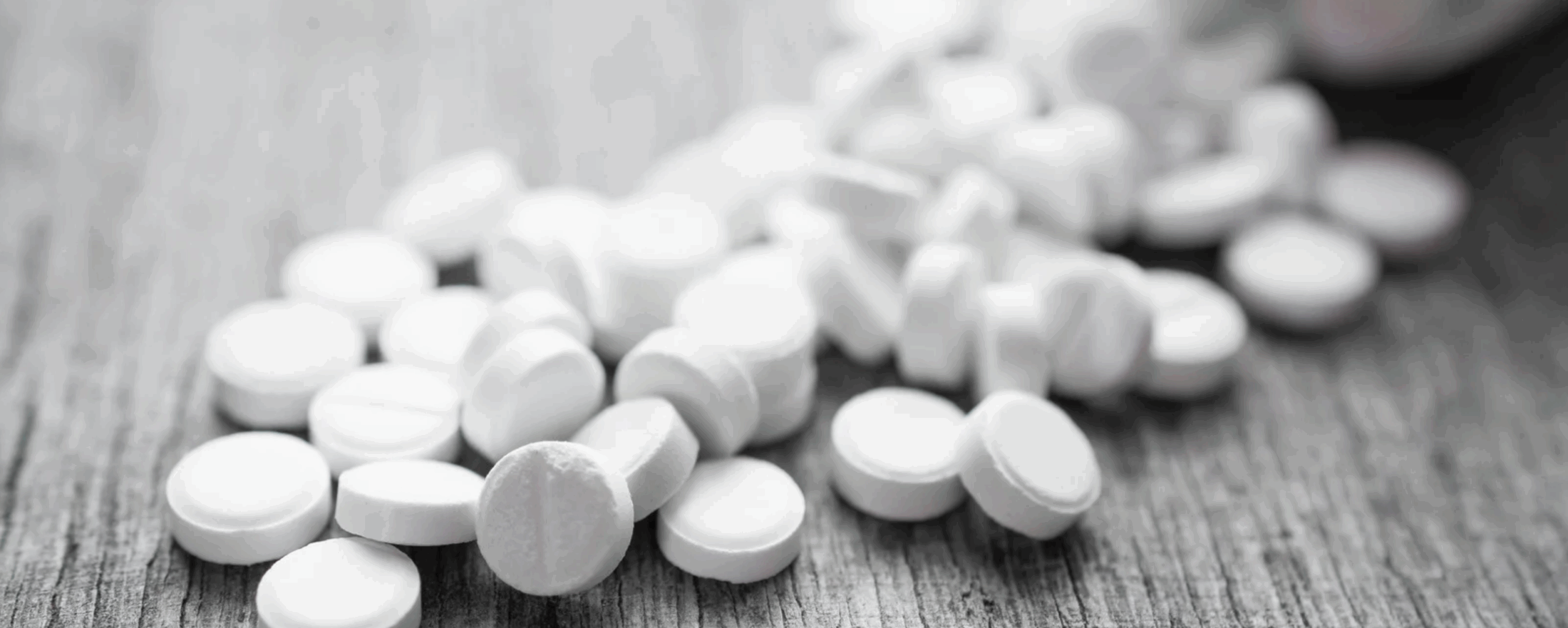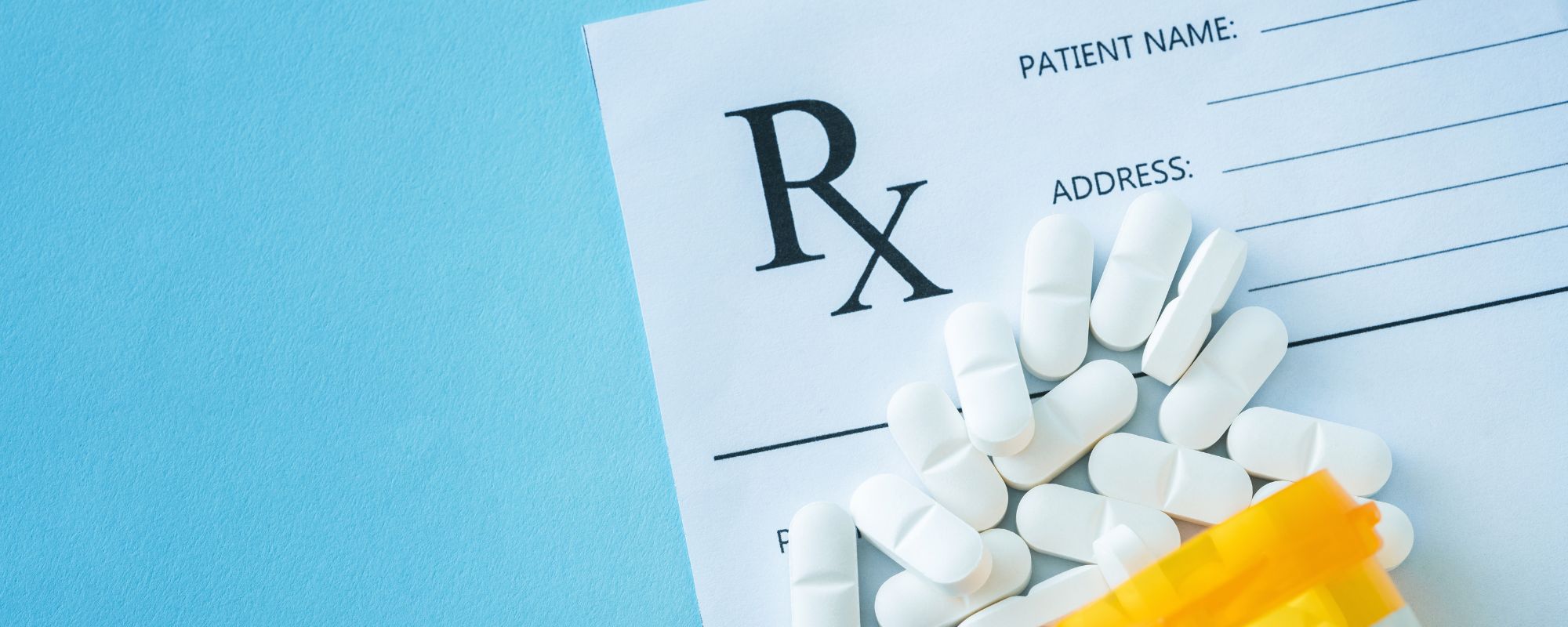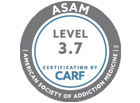In just a few short years, marijuana has gone through a dramatic, surprising shift in public perception once thought unthinkable. Shedding its reputation as an illegal and illicit substance, it’s now become widely available and accessible thanks to legalization across the U.S., where nearly half of all states have legalized recreational cannabis. This remarkable transformation lends itself to a growing awareness of cannabis’ benefits when used medicinally or recreationally in moderation. However, relying on marijuana as a safer option than other drugs sometimes masks the reality that it remains a drug with addictive potential, where surveys show that about 10 percent of people who begin using cannabis will become addicted. There is also the issue of laced weed and the dangers that accompany it.
Laced weed — marijuana mixed or contaminated with other substances — is still common despite these numbers. Depending on the substance added to even a small amount of cannabis, the effects of laced marijuana can become dangerous, risking addiction and other consequences.
What Is Laced Weed?
“Lacing” refers to mixing in another substance with a drug, either intentionally or unintentionally. The mixture of two or more drugs together, whether it’s combining marijuana with other illicit drugs or other chemicals, can alter marijuana’s effects, making laced weed more potent or addictive.
The National Institute on Drug Abuse also notes that dispensary-sold cannabis flowers and concentrates can have THC levels higher than 40%. Buying weed outside of a dispensary poses risks since there’s no way to prove a batch isn’t laced with something else or in what amount. And it’s proven difficult to gauge how common lacing is among illegal marijuana distributors due to a lack of studies and data.
Why Do People Lace Weed with Other Substances?
There can be numerous reasons why marijuana might be laced with various substances:
- Drug dealers may add hard drugs, combining marijuana laced with PCP, weed laced with fentanyl, or other synthetic drugs to enhance or boost the psychoactive effects and potency of marijuana. Though it might appeal to recreational users seeking a better, more intense high, the exact mix of what they may be receiving is unregulated and unknown.
- Laced cannabis with a highly addictive drug is sometimes a way dealers deliberately aim to create dependence, improving their chances of getting repeat customers — especially those who seek out a laced weed hybrid, like a fentanyl-laced weed. Unfortunately, this raises one’s risk of polysubstance abuse (misusing more than one drug) and addiction.
- Likewise, illicit drug manufacturers may lace marijuana with cheaper, albeit dangerous, substances as a cost-cutting measure. Filling a weed batch with other drugs, whether it’s cocaine, opioids, or other unknown fillers, bulks up and increases product volume, enabling them to charge more money and boost profit margins.
Marijuana may also unintentionally be contaminated with bacteria or mold if not stored properly, making it important to purchase it from a trusted retailer or manufacturer, given its widespread legality.
What Other Drugs Do People Lace Weed With?
Several dangerous substances have been known to be found in laced cannabis:
- PCP: Short for phencyclidine, PCP is a mind-altering, dissociative drug, which means it can make users feel a sense of disconnection from their bodies and reality along with a strong euphoric feeling. The dangerous effects of marijuana laced with PCP may vary, but it’s been known to prompt unpredictable, erratic, even violent, and aggressive behaviors along with hallucinations.
- Fentanyl: A powerful opioid that’s 100 times more potent than morphine and 50 times more potent than heroin, smoking fentanyl-laced weed — even with a trace amount of fentanyl — significantly exacerbates one’s risk of overdose.
- Methamphetamine: Known as meth, combining this highly addictive stimulant (commonly found in the glass-like form crystal meth) with marijuana, a depressant, as meth-laced weed can pose a series of adverse effects, from addictive potential to psychosis and paranoia, violent behavior or overdose.
- Synthetic cannabinoids: Also known as “K2” or “Spice,” these lab-made chemicals mimic THC but are significantly more potent and unpredictable, with side effects including seizures, heart problems, and psychosis.
- Other illicit drugs: Heroin, cocaine, ketamine, benzodiazepines,s, and MDMA (aka Ecstasy) have all been reported as additives in laced cannabis. Much like other illicit substances, mixing these with marijuana — even in low doses — can pose similar health risks, from dependency to heart problems, changes in weight or appetite, development of mental health issues, and overdose.
- Other foreign substances: In some cases, marijuana has been laced with very dangerous substances, from laundry detergent, ammonia, and other household cleaners to embalming fluid, pesticides, glass, and various metals — chemicals not intended for human consumption. Consuming illegally laced weed increases your chances of ingesting one of these substances.
Reach Out For Help With Addiction
Are you or a loved one struggling with addiction?
Royal Life Centers at Puget Sound is here to help you recover. Because we care.
What Are the Dangers of Laced Weed?
On its own, marijuana touts some medicinal benefits, including its effectiveness in managing chronic pain and nausea. Some short-term negative effects of consuming too much marijuana can include problems with memory and coordination, altered senses, and mood changes.
However, laced marijuana poses dangerous and universally serious risks, mainly because it’s never known what it may be mixed with or in what quantity. Some of the most significant dangers of laced cannabis can include:
- Overdose risk: Marijuana has no known overdose risk taken on its own. However, certain substances mixed with marijuana can cause an overdose, even in small amounts. Users of fentanyl-laced weed may unknowingly not even realize the drug has been tampered with until it’s too late.
- Various health complications: As a depressant, even untampered marijuana can incite harmful effects on the brain and body in excess, but lacing additives like PCP, synthetic cannabinoids, and other drugs can lead to symptoms consistent with abuse of those drugs.
- Psychological effects: THC is often classified as a hallucinogen and can have some psychedelic effects depending on the sensitivity of some users, which is why it’s important to consume it legally and in moderation. However, marijuana laced with PCP or other drugs, for example, can lead to potentially severe symptoms consistent with those substances that can trigger eventual mental health issues (and prompt a co-occurring disorder, the existence of substance use and mental health disorder at the same time).
- Addiction: Fentanyl, heroin, and meth are highly addictive. A cannabis user who may consume laced weed unaware of their presence may develop a severe drug dependence on these added substances without ever realizing it, making treatment for them more complicated.
Most of all, some of the worst short- and long-term effects of a substance use disorder are those that can hurt those around you. Financial problems, losing interest in the activities you once enjoyed, withdrawal from loved ones,s and a decline in work or school performance are all telltale signs of a drug disorder — potential, and sometimes unavoidable, outcomes of ingested laced marijuana.
How to Tell If Weed Is Laced
Looking at a cluster of cannabis flowers, it can be challenging to discern if it is untainted or laced weed. But there are ways to know how to tell if weed is laced with some red flags to watch out for and precautions to take:
- If marijuana looks discolored, powdery, sticky, even shiny, or appears unusually different, it may be laced with something suspicious.
- Trust your nose. Pure marijuana typically has a distinct earthy or skunky aroma. A chemical, sweet, or metallic smell or weed that smells like fuel might indicate that it’s been contaminated with a foreign substance that is not meant for consumption.
- The best way to avoid laced cannabis is to purchase from reputable, trusted sources and licensed dispensaries — for medicinal or recreational use — where the product is tested for safety and quality. Never buy cannabis products from someone who won’t allow you to inspect the product beforehand.
If you’ve ingested marijuana and the effects are far more intense, prolonged, or unusual than expected — such as extreme hallucinations, slurred speech, or rapid heart rate — it may be laced. If this ever occurs, don’t hesitate to call 911.
Get Help for Marijuana Abuse
Marijuana is often considered less harmful than other drugs, and its widespread acceptance illustrates how the benefits it does tout are getting the credit it deserves. However, habitual cannabis use can still lead to addiction. For some, marijuana becomes a way to escape from life’s challenges, creating a cycle of dependency and difficult withdrawal symptoms when attempting to quit abruptly.
When marijuana is laced with fentanyl or other substances, these risks are amplified, intensifying the need for professional treatment.
In Puget Sound, a treatment facility like Royal Life Centers aligns with the perspective that marijuana abuse is more than just a bad habit — but a condition that calls for compassionate care. Experiencing a full continuum of this care, from marijuana detox to evidence-based therapies (both individual and group) and other healing methods, sets you on a path to recovery free of laced marijuana.
Supporting a Loved One Battling Marijuana Abuse
If someone you care about is struggling with marijuana abuse, offering your support can make a world of difference to them — and perhaps the primary motivator they need to seek help.
How can you get started? First, educate yourself on marijuana abuse and know that addiction is a disease that can be successfully treated. Learning how laced weed can complicate a marijuana use disorder can also help you understand how to understand their struggle and give them your full, undivided, compassionate, and, most of all, informed support.
It can be difficult to know when to talk to someone you love about the signs of addiction you may have noticed. Find a time to have an honest conversation without judgment. Don’t confront, blame, criticize, or shame them; rather, let them know you’re there to listen and help.
Personalized Treatment Plans
Royal Life Centers’ Puget Sound Center has a long list of addictions we treat, but our programming is much more personalized than just treating substance abuse. Recovery is a journey — and professional guidance at the right treatment center, from the cleansing of drug detox to the exploration of cognitive-behavioral therapy to the community of group support to the total mind-body-spirit of holistic therapies like meditation, coalesce to build healthier thought patterns, more positive behaviors and a solid, sober foundation to live every day going forward.
If you or a family member has questions about pursuing drug rehab with us, we’re here to give answers and guide you in the right direction. Laced weed abuse, regardless of its origins, can be treated and help a loved one turn over a new leaf, but the change must begin with you. One phone call can trigger that chance — so don’t hesitate to call us today.
REFERENCES:
- Most Americans live in a legal marijuana state, have a cannabis dispensary in their county | Pew Research Center
- Cannabis/Marijuana Use Disorder > Fact Sheets > Yale Medicine
- Polysubstance Use Facts | Stop Overdose | CDC
- Synthetic Cannabinoids | National Institute on Drug Abuse (NIDA)
- Substance use – phencyclidine (PCP): MedlinePlus Medical Encyclopedia
- Fentanyl
- Marijuana (Cannabis, Weed): What It Is, Side Effects & Risks
- Cannabis (Marijuana) | National Institute on Drug Abuse (NIDA)













